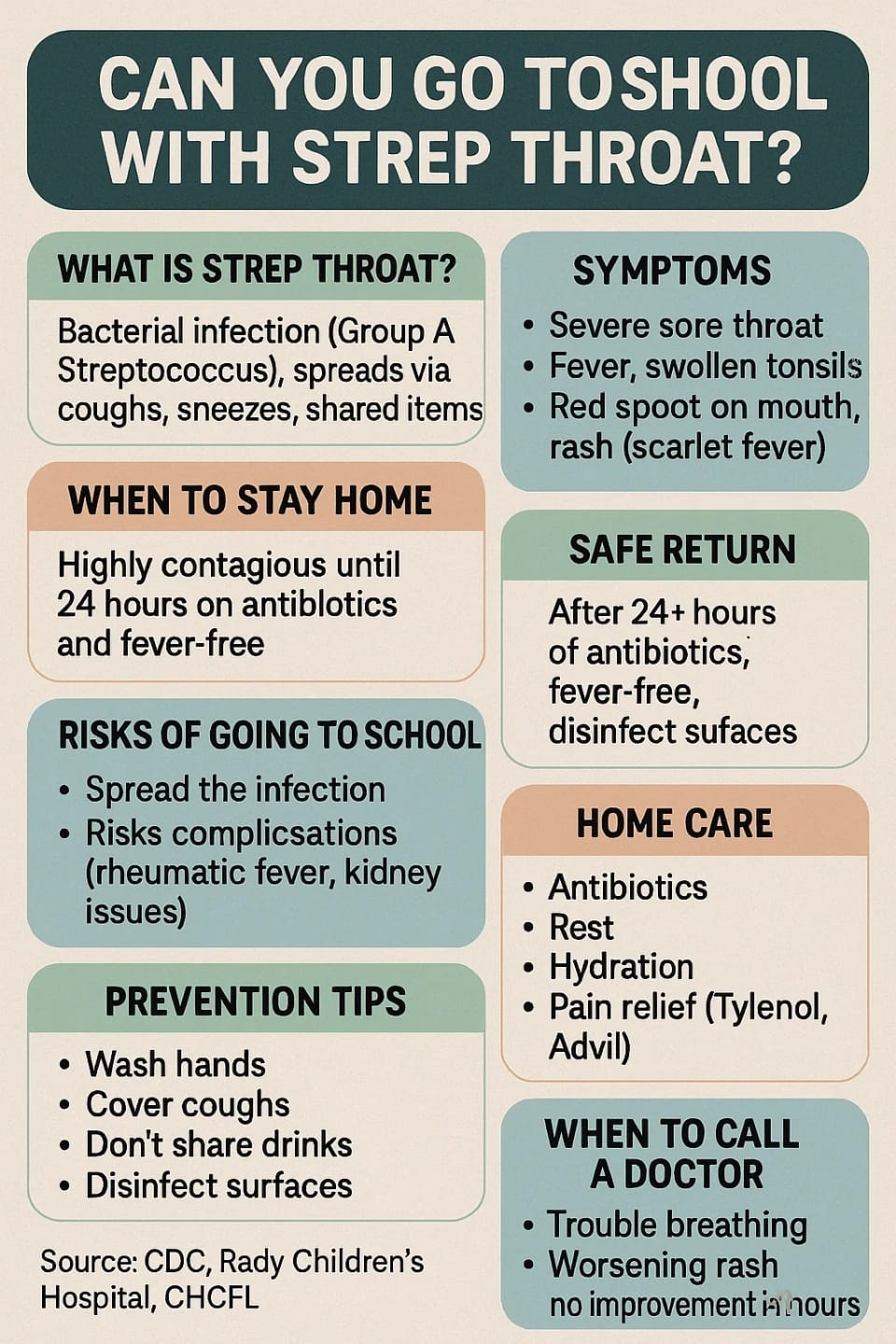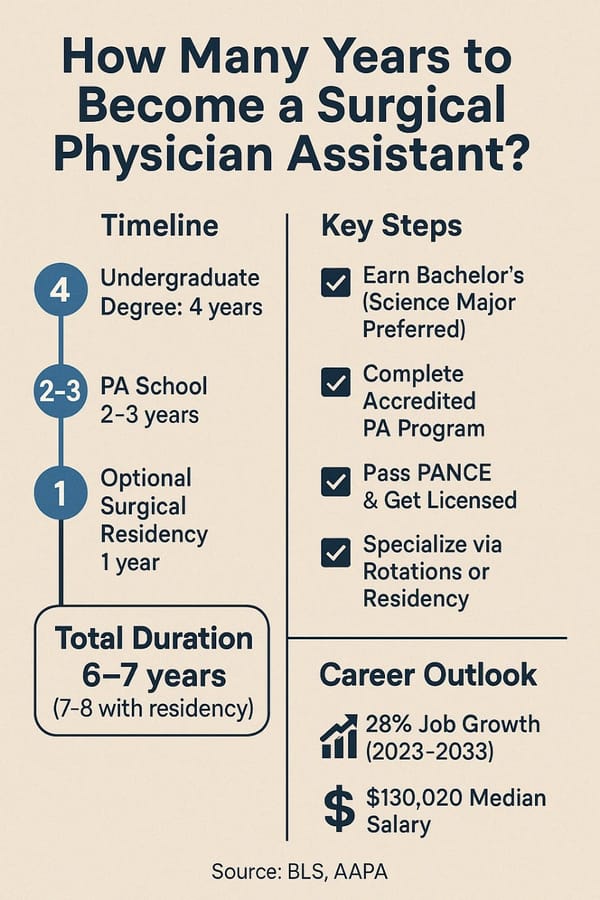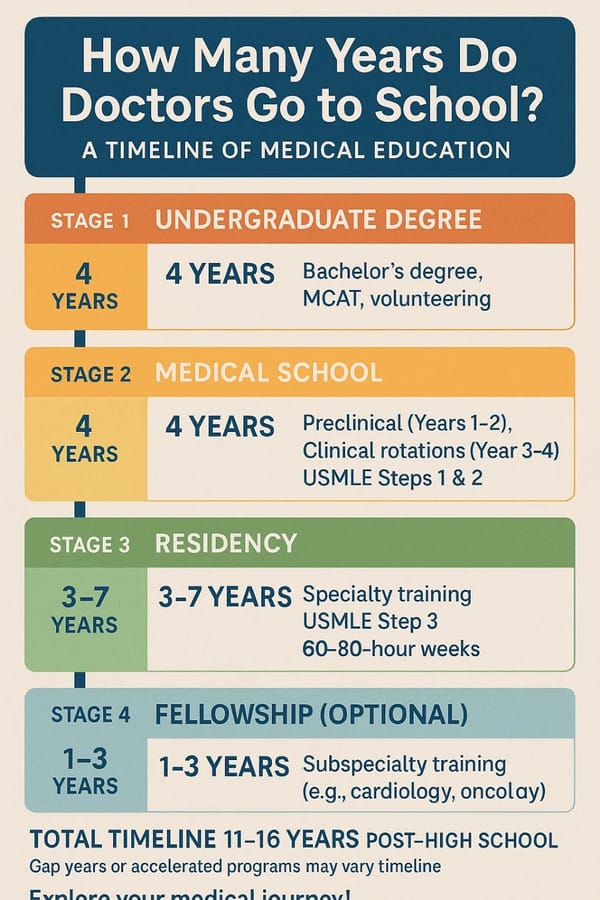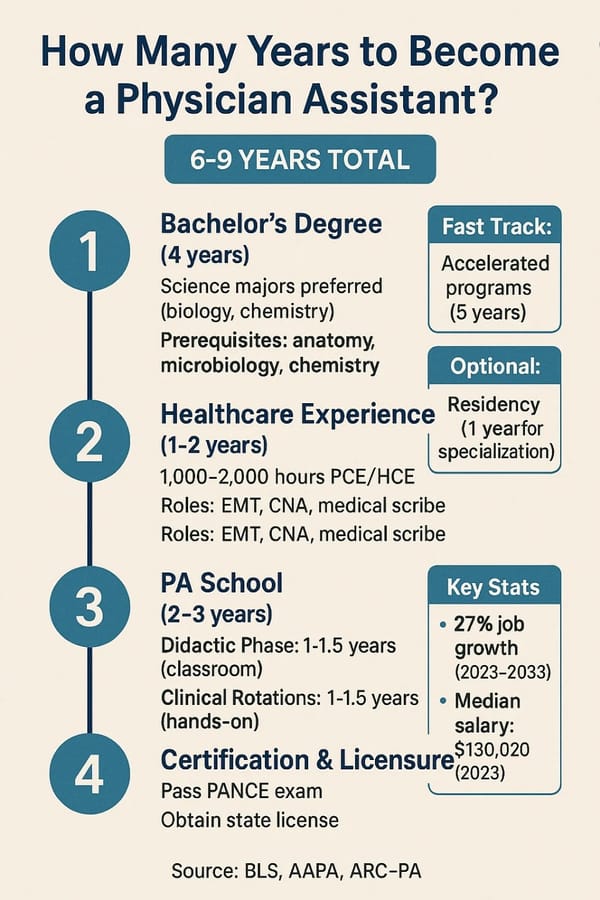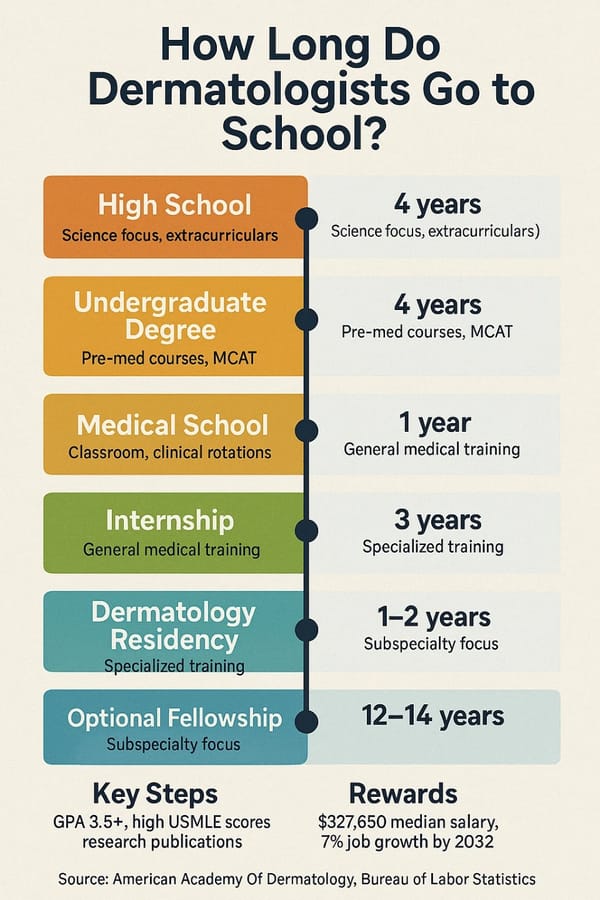Can You Go to School with Strep Throat? A Comprehensive Guide for Parents and Students
Strep throat is a common yet tricky illness that often leaves parents and students wondering: Can my child go to school with strep throat? The short answer is no—not until certain conditions are met. This highly contagious bacterial infection spreads easily in school settings, posing risks to both the sick child and others. In this guide, we dive deep into the risks, guidelines, and practical steps to ensure a safe return to school. Using expert insights, recent research, and real-world tips, we’ll help you make informed decisions to protect your child’s health and the school community.[1]
Understanding Strep Throat: What You Need to Know
Strep throat, or streptococcal pharyngitis, is caused by group A Streptococcus (GAS), a bacteria that thrives in close-contact environments like classrooms. Most common in children aged 5 to 15, it can also affect adults. Unlike viral sore throats, strep throat spreads rapidly through respiratory droplets from coughs, sneezes, or shared items like drinks or utensils. Schools, with their tight-knit social structures, are hotspots for transmission, making it critical to question the safety of attending class during an infection.
Symptoms of Strep Throat
Identifying strep throat early is key to managing it effectively. Look for these common signs:
- Severe sore throat, often painful when swallowing
- Red, swollen tonsils, sometimes with white patches or pus
- Tiny red spots on the roof of the mouth
- Swollen, tender lymph nodes in the neck
- Fever (often above 101°F or 38.3°C)
- Headache, body aches, or nausea
- Occasionally, a rash called scarlet fever
Unlike viral infections, strep throat typically doesn’t cause coughing, a runny nose, or hoarseness, which helps set it apart. If you suspect strep, a healthcare provider should be consulted promptly to confirm the diagnosis.
Diagnosis and Treatment
Doctors use a rapid strep test, which gives results in minutes, or a throat culture for more accurate confirmation. Treatment involves antibiotics, such as amoxicillin or penicillin, prescribed for a 10-day course. Completing the full course is essential to eliminate the infection and prevent complications like rheumatic fever or kidney problems. According to Rady Children’s Hospital, most children feel better within a day or two of starting antibiotics, but that doesn’t mean they’re ready to return to school immediately.
Is It Safe to Go to School with Strep Throat?
Children diagnosed with strep throat should not attend school right away due to the risk of spreading the infection. Strep throat’s contagious nature makes it a significant concern in schools, where one infected child can quickly pass it to classmates, teachers, and staff. The Centers for Disease Control and Prevention (CDC) recommends that children stay home until they’ve been on antibiotics for at least 24 hours and are fever-free without fever-reducing medications like ibuprofen. This guidance is supported by the American Academy of Pediatrics (AAP) and the American Academy of Family Physicians (AAFP).
Why the 24-Hour Rule?
Antibiotics begin reducing the bacteria’s ability to spread within hours, but the 24-hour mark is considered a safe threshold for non-contagiousness. By this point, the child is typically no longer infectious, and symptoms like fever and throat pain are improving. Returning to school too soon could trigger outbreaks, endangering others and potentially worsening the child’s condition by delaying recovery.
Emerging Research: A Shift in Thinking?
Recent studies have sparked debate about the 24-hour rule. A 2020 study in The Pediatric Infectious Disease Journal examined 111 children with confirmed strep throat who received a single dose of amoxicillin (50 mg/kg). It found that 91% had no detectable group A Streptococcus 11 to 23 hours after treatment, suggesting they might not be contagious. Reported by Pharmacy Times, the study proposed that children could return to school the next day if fever-free and feeling better, provided local guidelines allow.
This approach could reduce missed school days and ease financial strain for parents needing time off work. However, the researchers stress that more studies are needed, and current guidelines remain unchanged. Experts at Contemporary Pediatrics advocate sticking to the 24-hour rule to prioritize community health. Always consult a healthcare provider before making exceptions to standard advice.
Risks of Going to School with Strep Throat
Sending a child to school with strep throat poses multiple dangers, both to the individual and the school community. Here’s a detailed look:
| Risk | Impact |
|---|---|
| Spreading Infection | Strep throat spreads quickly in classrooms, potentially causing school-wide outbreaks. |
| Health Complications | Untreated strep can lead to rheumatic fever (affecting the heart), post-streptococcal glomerulonephritis (kidney damage), or abscesses. |
| Delayed Recovery | Attending school while sick exhausts the child, slowing healing and increasing susceptibility to other infections. |
| School Policy Conflicts | Most schools require students to be fever-free for 24 hours, risking the child being sent home and disrupting schedules. |
These risks highlight why keeping a child home initially is the safer choice, protecting their health and others’ well-being.[2]
When Can You Safely Return to School?
The standard guideline is clear: a child can return to school after at least 24 hours of antibiotic treatment and when fever-free without medication. For most, this means 1-2 days after starting antibiotics, as symptoms like fever and throat pain typically improve quickly. CHCFL emphasizes that children should also feel well enough to engage in school activities, as lingering fatigue or discomfort could affect their performance.
Factors to Consider
- Symptom Improvement: Beyond being fever-free, the child should have reduced throat pain and more energy.
- School Policies: Some schools require a doctor’s note or have stricter rules, so verify with administrators.
- Individual Health: If symptoms persist or complications arise, a longer absence may be needed. Follow your healthcare provider’s guidance.
A Personal Perspective
As a parent, I’ve faced this challenge firsthand. When my daughter had strep throat, I felt torn—she had a major project due, and I was swamped with work. The temptation to send her back early was strong, but after discussing the risks with her pediatrician, we kept her home for two days until she was fever-free and full of energy. The school was accommodating, providing assignments online, and she caught up seamlessly. This experience taught me that a little patience ensures everyone’s safety, from my child to her classmates.
How to Prevent Strep Throat in Schools
Preventing strep throat in schools requires teamwork between families and educators. Here are practical steps to reduce its spread:
- Practice good hygiene: Teach children to wash hands with soap for 20 seconds, especially before eating or after coughing. Hand sanitizer is a handy backup.
- Cover coughs and sneezes: Use a tissue or elbow to cover the mouth and nose, and dispose of tissues immediately.
- Avoid sharing: Discourage sharing drinks, utensils, or personal items like lip balm that can harbor bacteria.
- Stay home when sick: Keep children home at the first sign of symptoms until cleared to return.
- Clean surfaces: Schools should disinfect high-touch areas like desks, doorknobs, and keyboards regularly.
- Educate the community: Share resources, like those from the CDC, to raise awareness about prevention.
Family-school partnerships create healthier environments, lowering the risk of outbreaks.
Managing Strep Throat Symptoms at Home
While antibiotics target the infection, managing symptoms at home can improve comfort during recovery:
- Pain relief: Use acetaminophen (Tylenol) or ibuprofen (Advil, Motrin) for fever and throat pain, following age-appropriate doses.
- Stay hydrated: Offer water, herbal tea, or broth to soothe the throat and prevent dehydration. Avoid citrus juices, which can irritate.
- Warm liquids: Soups or warm water with honey (for kids over 1 year) provide comfort.
- Lozenges or sprays: For older children, throat lozenges or numbing sprays can help, but consult a doctor first.
- Rest: Encourage plenty of sleep to boost the immune system.
When to Seek Urgent Care
Contact a healthcare provider immediately if you notice:
- Difficulty breathing or swallowing
- A worsening rash
- Joint pain or swelling
- Blood in urine or reduced urination
- Symptoms unchanged after 48 hours of antibiotics
These may indicate complications needing urgent attention.
Addressing Common Parental Concerns
Strep throat brings practical and emotional challenges for parents. Here’s how to tackle common worries:
- Missing schoolwork: Falling behind is a valid concern, but schools often provide online assignments or extended deadlines. Reach out to teachers early to plan.
- Social impacts: Missing sports or clubs can upset kids, but a full recovery means they’ll return stronger. Reassure them it’s temporary.
- Antibiotic concerns: Some parents hesitate about antibiotics or prefer natural remedies. While home care aids comfort, only antibiotics eliminate strep bacteria and prevent complications.
- Work-life balance: Caring for a sick child while working is tough. Explore backup care with family or friends, or check if your employer offers flexibility.
Open communication with your child’s school and doctor eases these concerns, supporting a smooth recovery.
Frequently Asked Questions About Strep Throat
To wrap up, here are answers to common questions parents and students may have:
-
How long is strep throat contagious?
Strep throat is contagious until the child has been on antibiotics for at least 24 hours and is fever-free. Without treatment, it can remain contagious for weeks. -
Can strep throat go away without antibiotics?
While some cases resolve on their own, antibiotics are crucial to prevent complications like rheumatic fever. Always seek medical advice. -
What if my child keeps getting strep throat?
Recurrent infections may require further testing, such as checking for carriers in the household or considering tonsillectomy. Consult a pediatrician.
These answers reinforce the importance of following medical guidance for a safe recovery.
Conclusion: Prioritizing Health and Community Safety
Deciding whether to attend school with strep throat hinges on timing and responsibility. The evidence is clear: wait at least 24 hours after starting antibiotics and ensure no fever before returning. While new research suggests earlier returns might be possible if fever-free and improved, the 24-hour rule remains the safest choice to prevent outbreaks and complications like rheumatic fever. By prioritizing health, you protect your child and the school community.
Follow your doctor’s advice, practice good hygiene, and collaborate with your school for a safe return. Have tips or questions about managing strep throat? Share them below or consult your healthcare provider for tailored guidance.
This article is for informational purposes only and not a substitute for professional medical advice.
